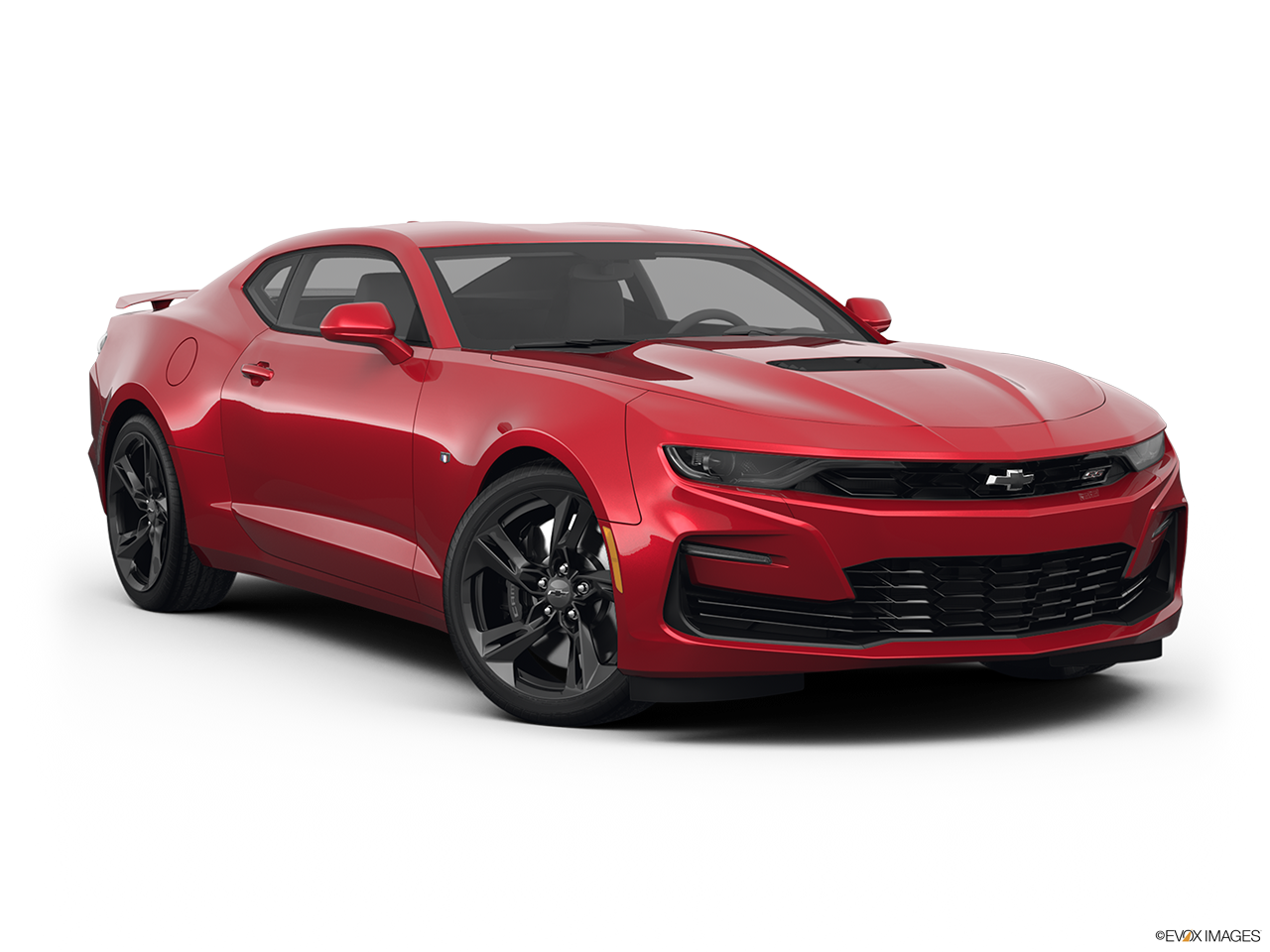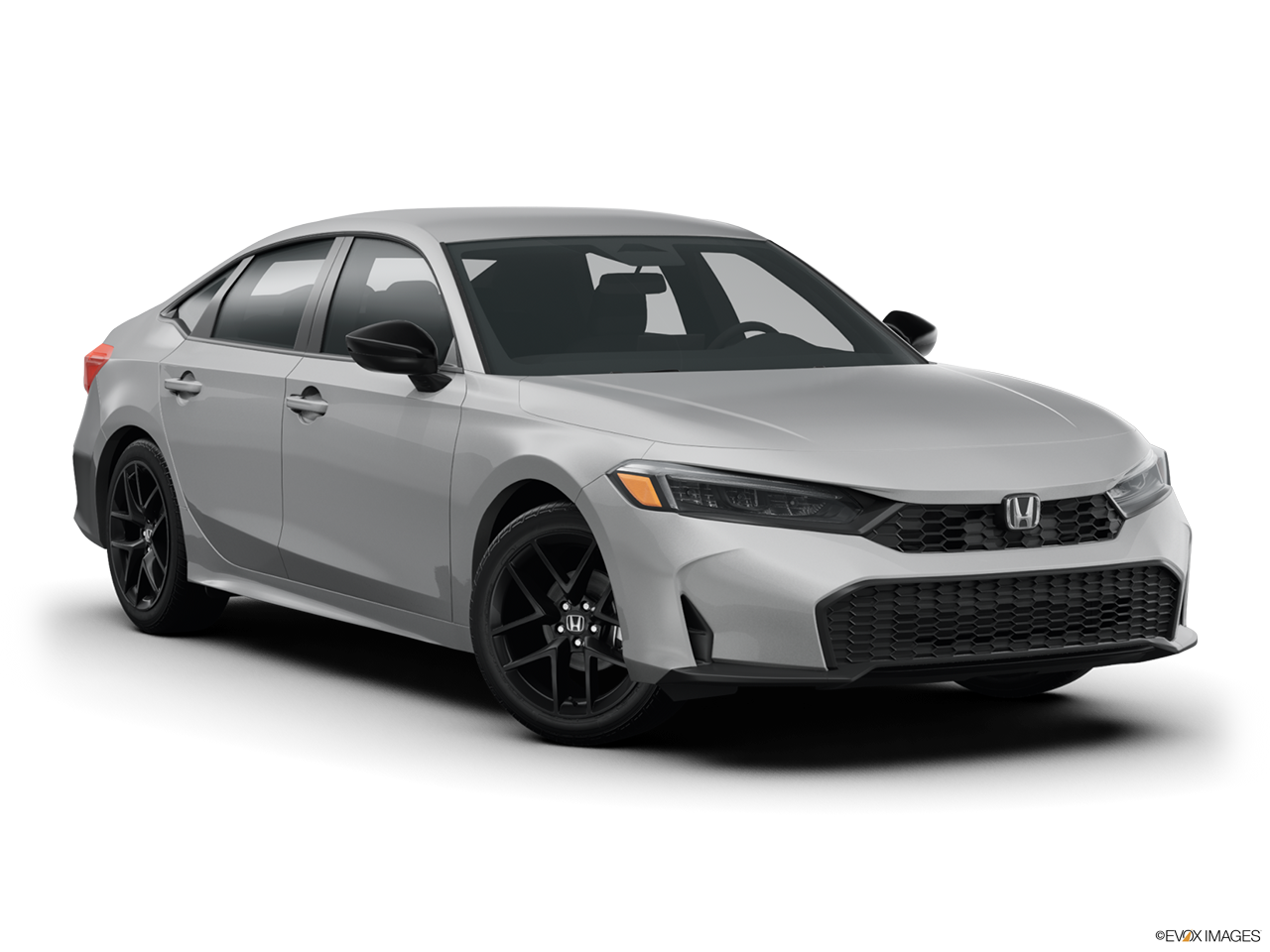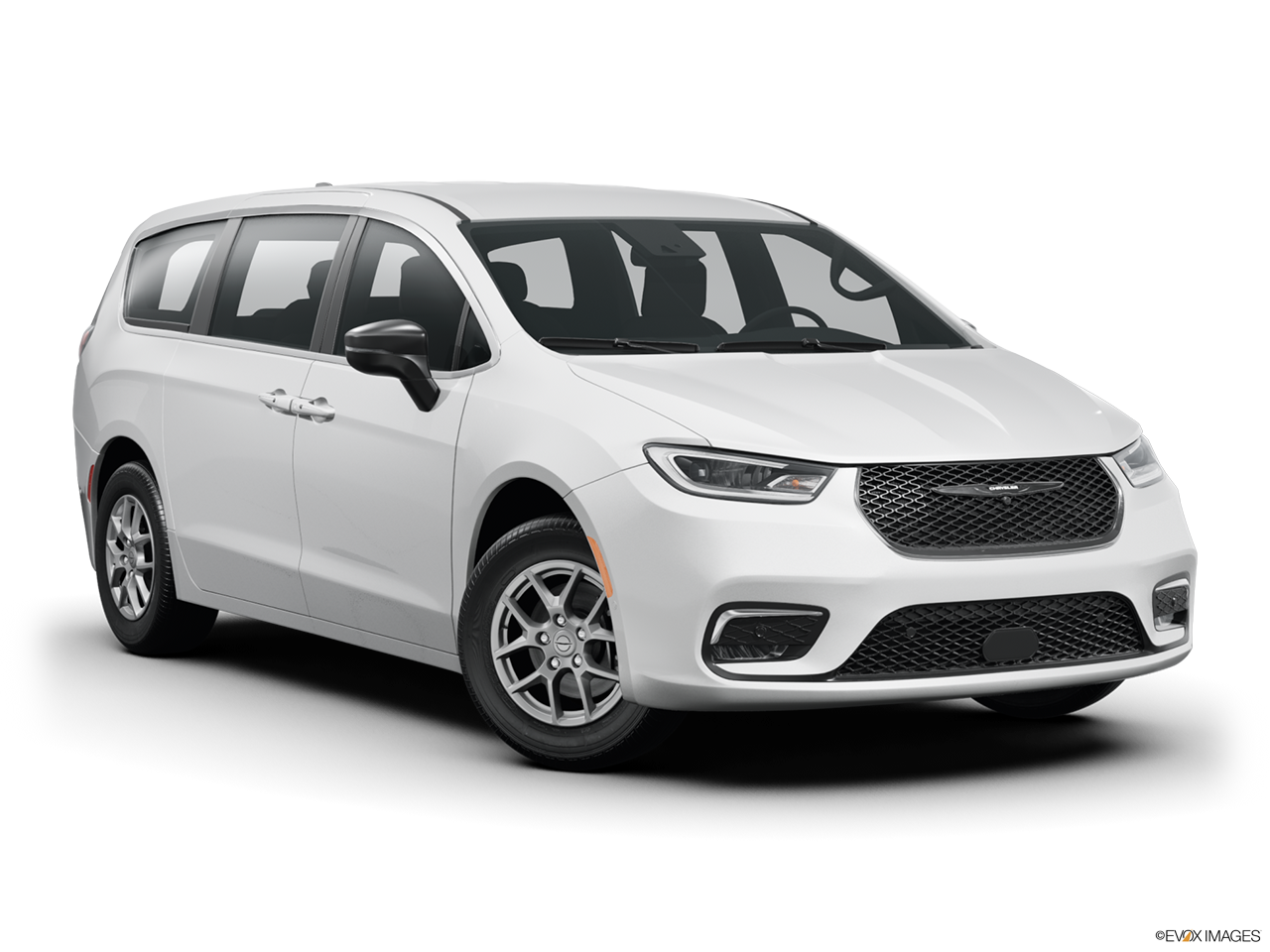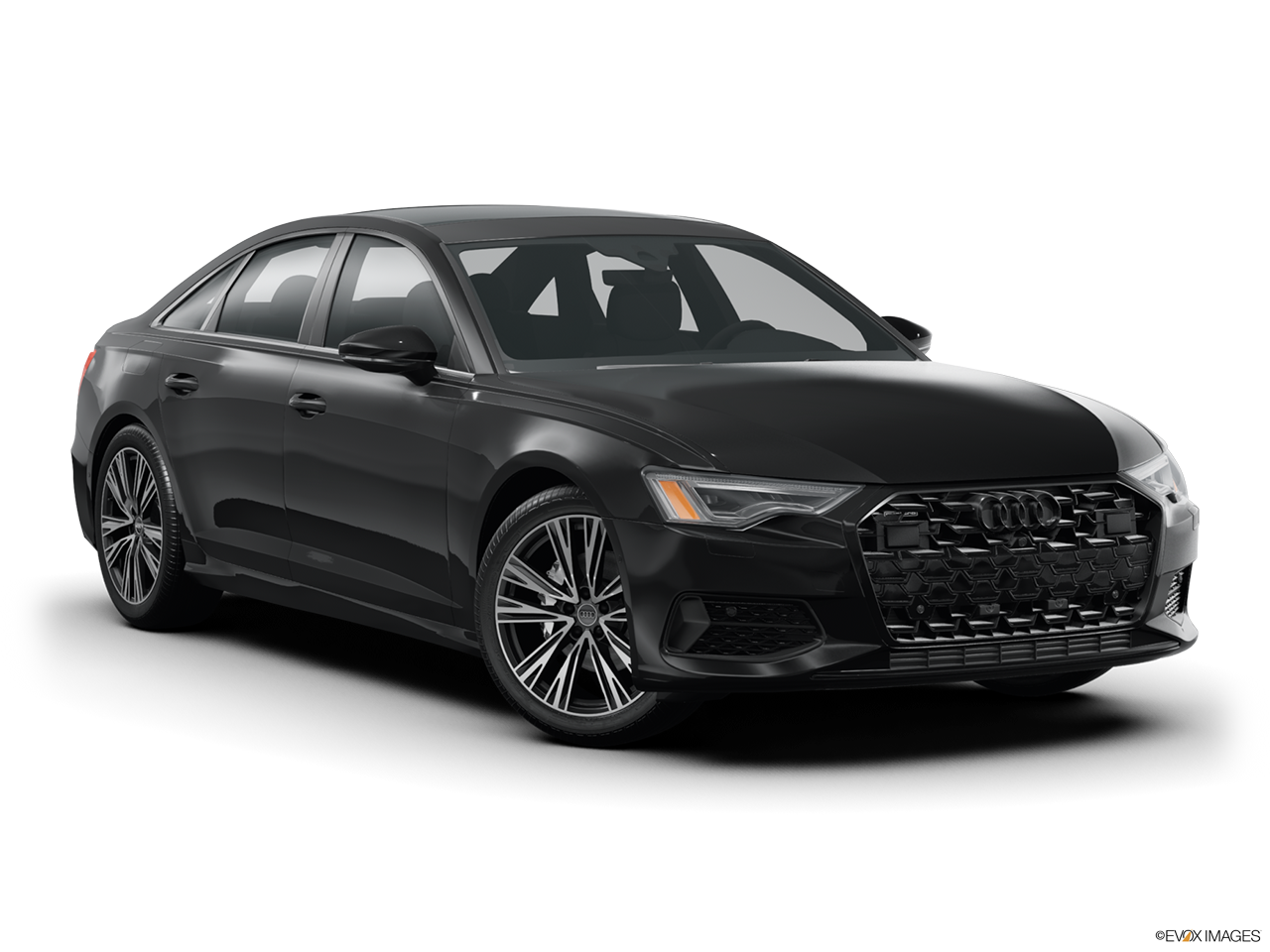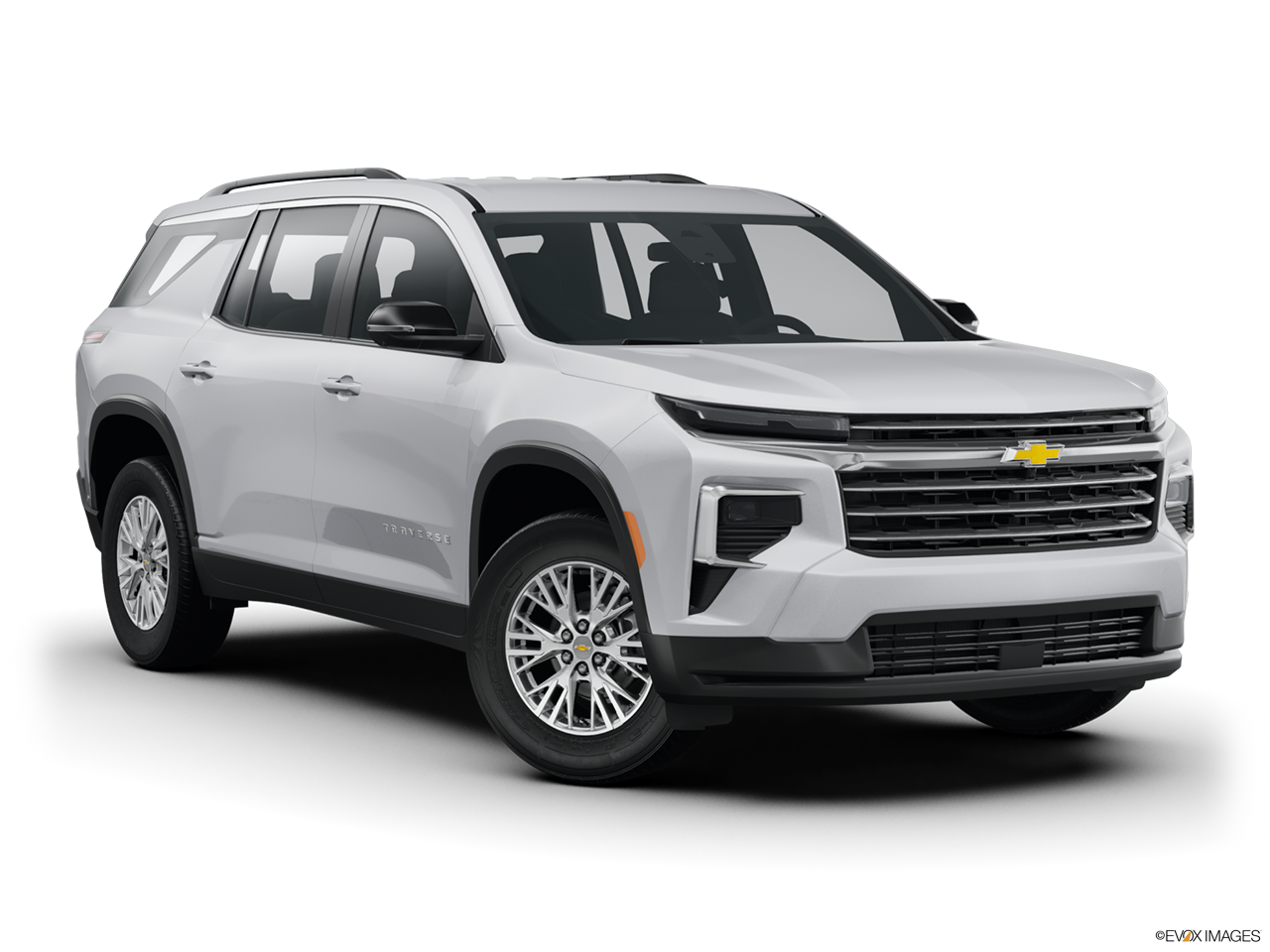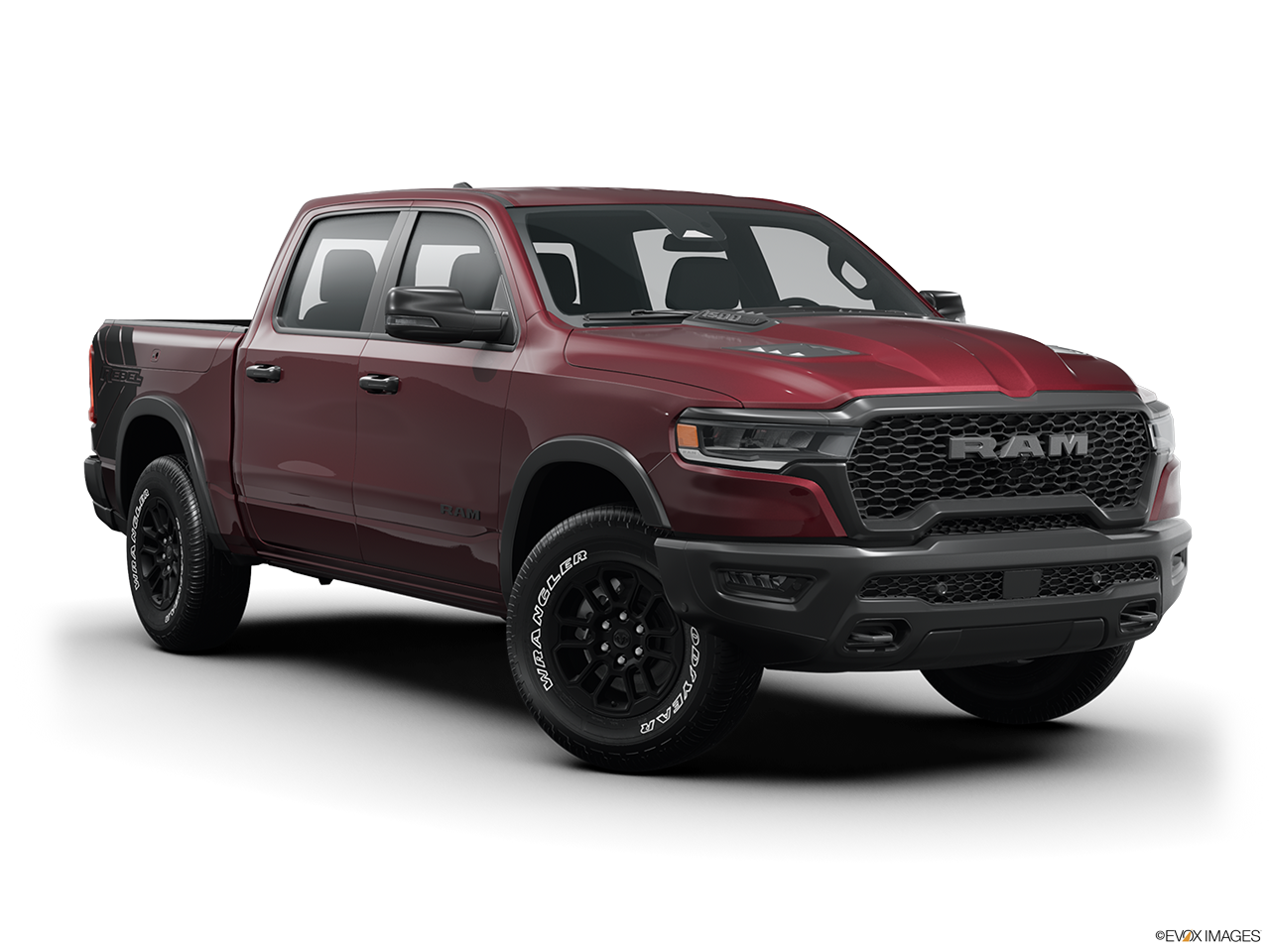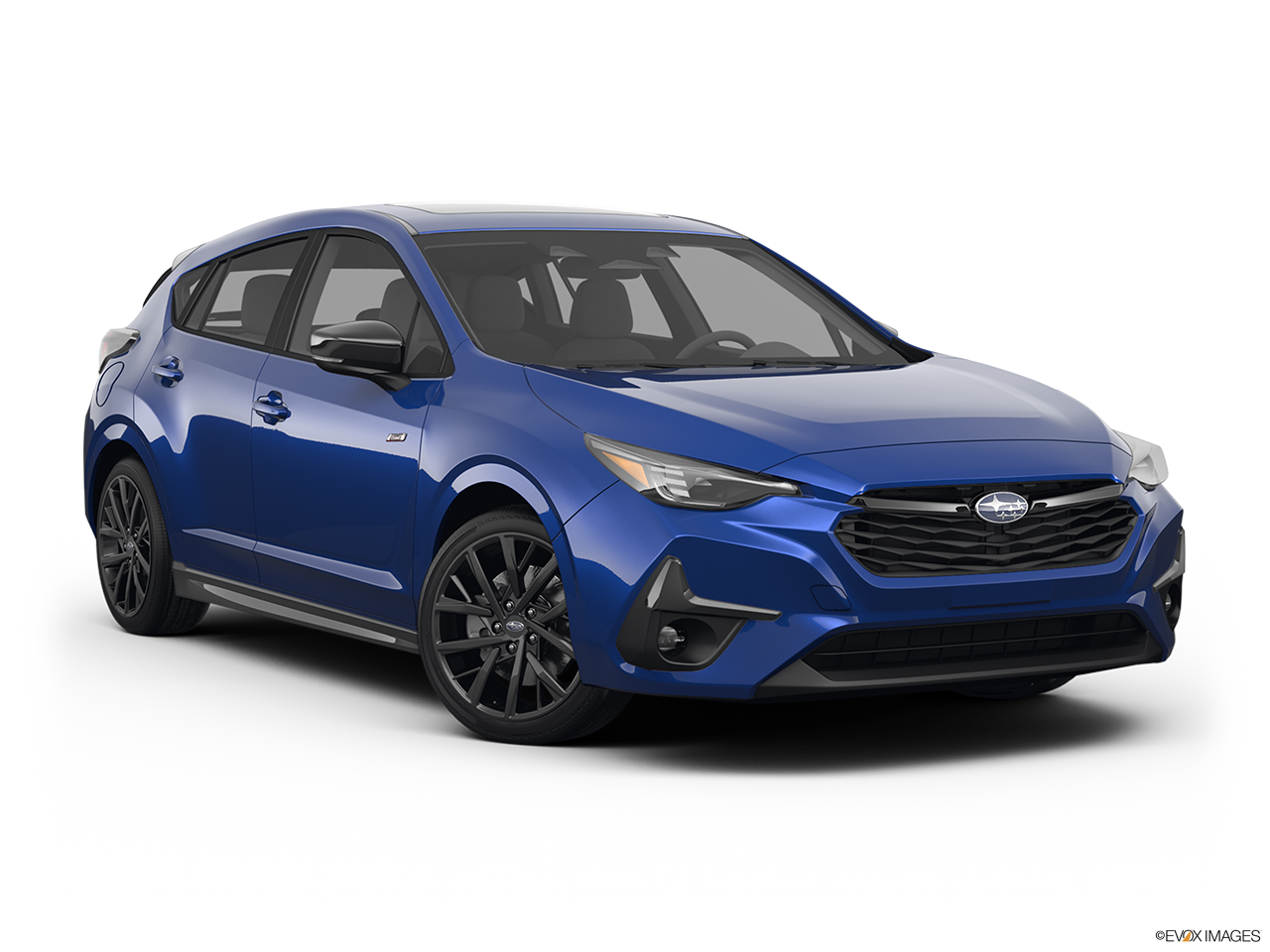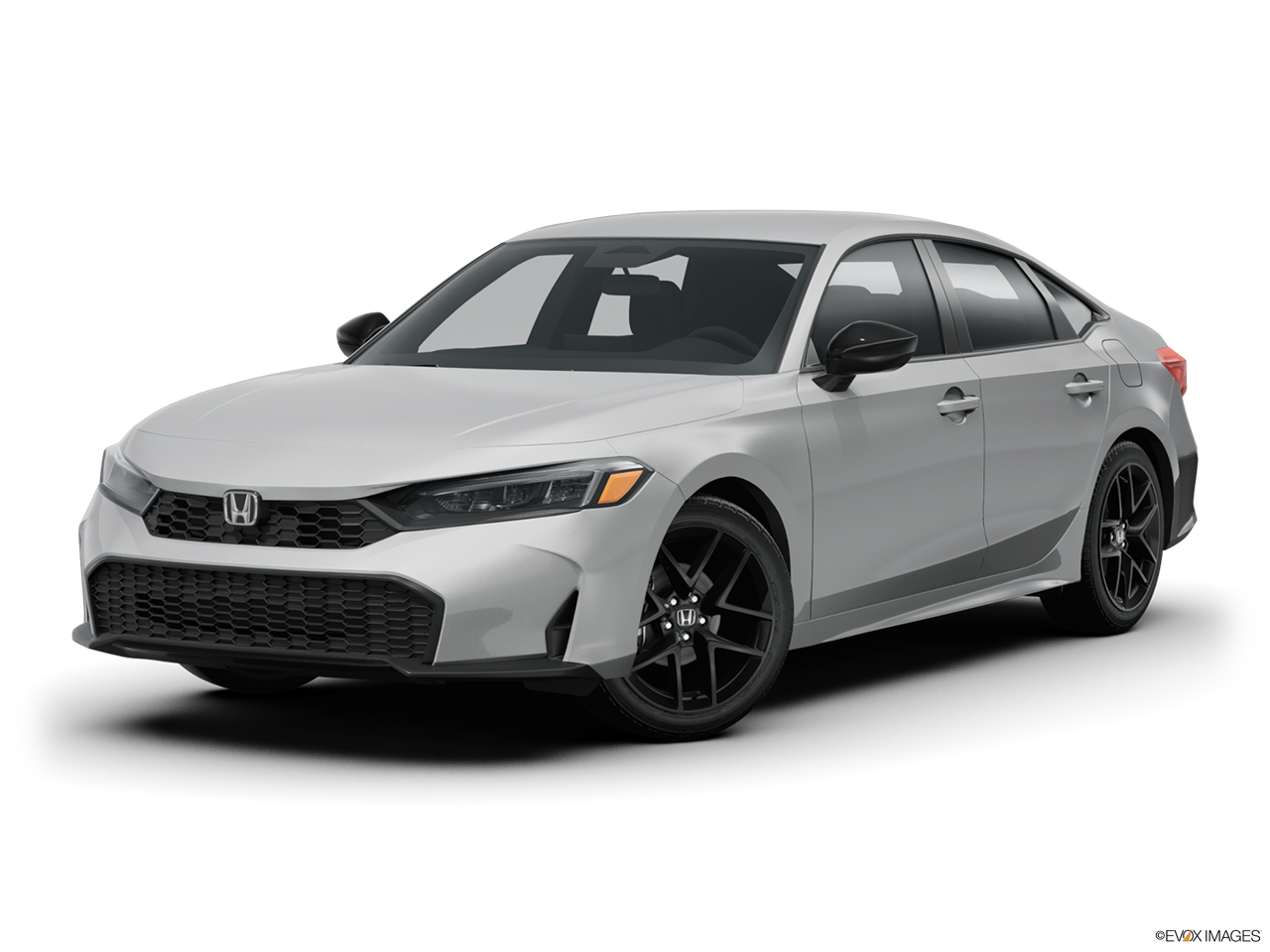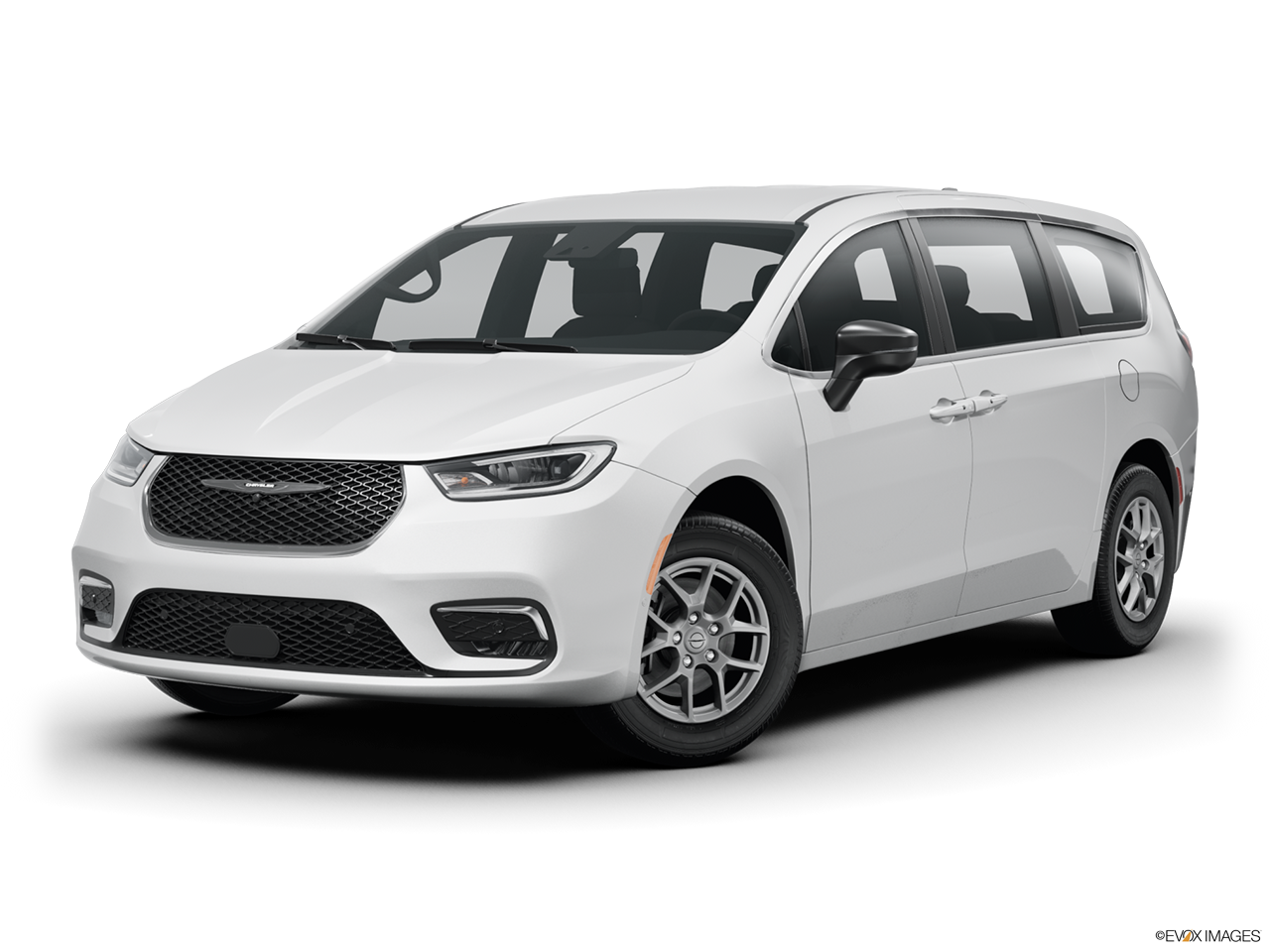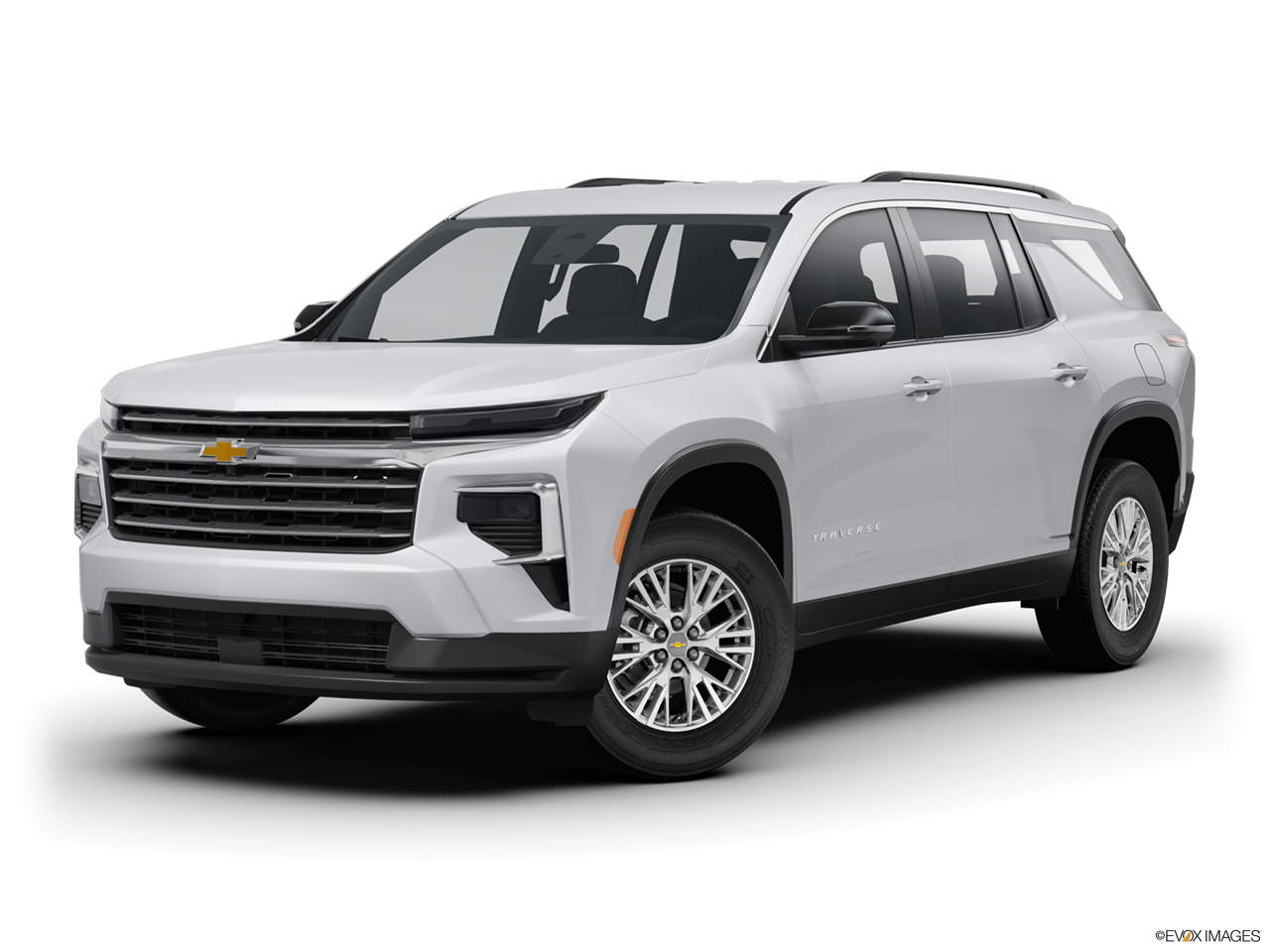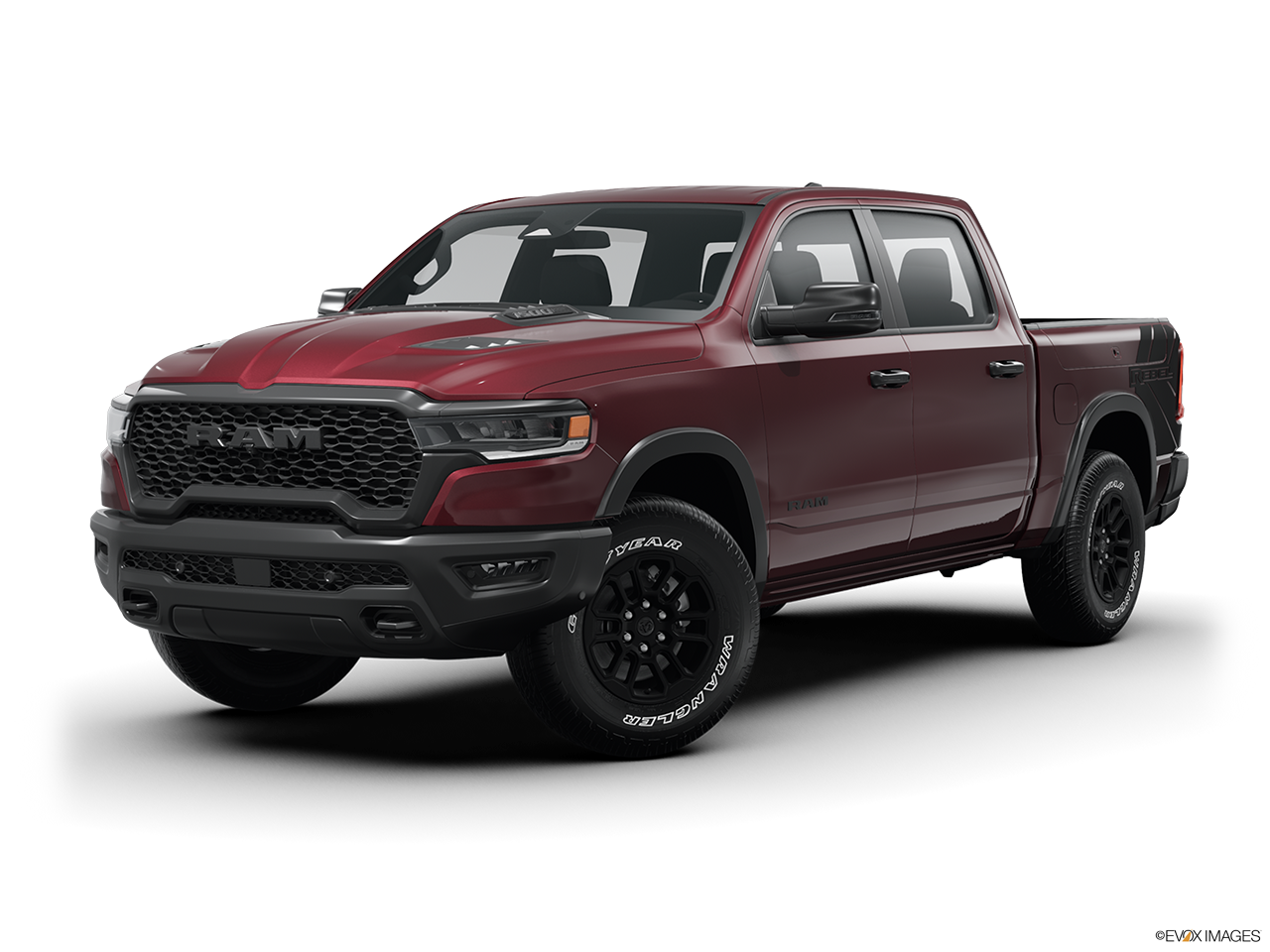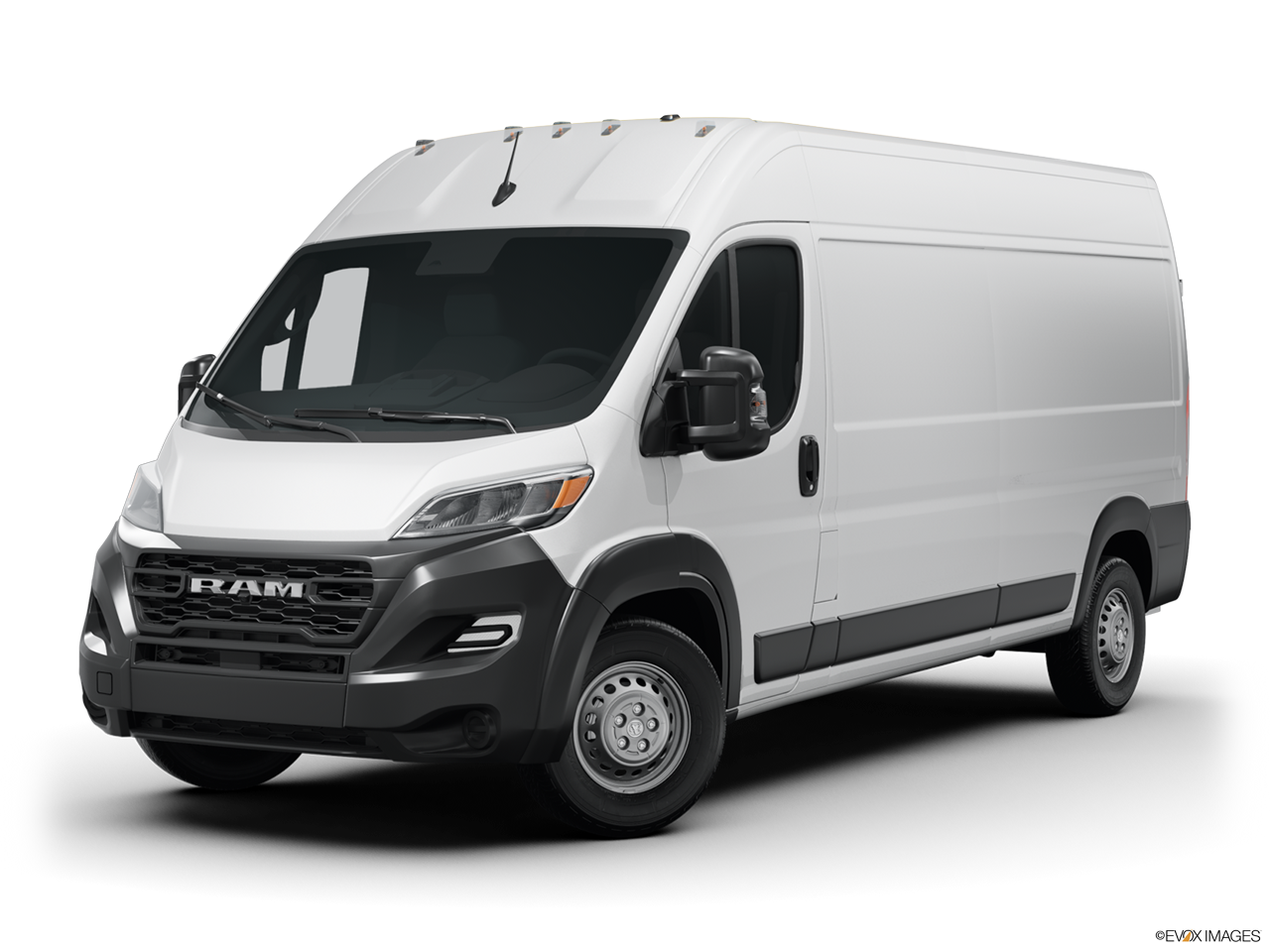How Much of Your Income Should Be Spent On a Car?
By Jakob Hansen, 10/31/2022
When calculating what to pay for your next car, what is the best rule of thumb?
Calculating how much to spend on your next car can be a daunting task. Vehicles are the second largest purchase average Americans make in their lifetime, second only to our housing. Approaching your cost analysis with an open state of mind and realistic goals is the best way to ensure you stay within a healthy budget.
Related Articles
- Buying a Car Before or After Retirement
- Car Buyers Guide to Invoice Pricing and More
- Top 9 Cars That Hold Their Value
When pulling the trigger on the second largest purchase of your life, you want to make sure that you are making a smart move. While buying a new vehicle is a smart move and an important way to move your life forward—both literally and figuratively—keeping yourself within your budgeting concerns can sometimes prove more difficult than originally thought.
Throughout our extensive history of helping customers purchase new and pre-owned cars, we have come across many different "rules". One of our favorite "rules" is the "Ten Percent Rule". This guideline gives you an accurate estimate of what a reasonable amount is to be spending on your next vehicle purchase.
The 10 Percent Rule
The 10 Percent rule generally states to spend roughly 10% of your income on a car. The issue with this rule is that most people think this means 10% on the overall price.
Using that math, a person making the US average yearly income of $63,179 would only be able to purchase a car worth $6,317. Not exactly optimal, unless you’re looking for a new project to spend some extra time on.
A better way to approach this rule is to think of it as a yearly budget for your car. Using the US yearly average again, this would mean you should make room to spend roughly $6,317 per year on your vehicle.
Dividing that number by twelve reveals the average car buyer in the US can spend roughly $526.41 a month on their vehicle.
That’s a heck of a lot better than picking up a $6,000 Craigslist car. But before you run out and get a $500 lease or financing payment, there is more to take in.
What Does 10 Percent Include?
The biggest mistake people make when calculating their 10 Percent, is not including the other costs that are included with a vehicle.
When we look into the 10 Percent Rule, we take in the entire yearly cost of a vehicle. This includes the initial cost of the vehicle (including tax, title, license, etc), insurance, and estimated repair costs for the vehicle.
Each category will be calculated differently for each person. If you are a safe driver, with no accidents, tickets, or infractions, your insurance will likely be far less, and you can, therefore, move more of your 10 Percent to the monthly rate of the vehicle.
If you like to imagine yourself as Mario Andretti every time you drive and the local police know you by name, you might have to fork out some more of that 10 Percent towards insurance.
When it comes to repair and maintenance costs, it’s often difficult to estimate, since you can’t predict the future. We feel it’s better to stay on the safe side and estimate slightly higher. Average repair/maintenance costs are between $1,000-$2,000. Depending on what car you purchase, these costs could be higher or less.
If you purchase a new car, with a strong bumper-to-bumper warranty, and a 10-year powertrain warranty such as Kia, Hyundai, Mitsubishi, or Genesis, you can lower your estimate slightly.
If you go out and pick up a pre-owned vehicle that is out of warranty, or is known for being a less reliable vehicle, consider upping the yearly maintenance estimation, especially for when those big repairs hit every couple of years.
Summary
So in summary, when calculating what you can afford on a car, take your yearly income, calculate 10 percent, and divide that by 12 to get your monthly income. That number is a safe bet of what you can spend on your car per month, including the price of the car, insurance, and repairs.
Keep in mind, this is just a general rule, and doesn’t work for every situation and every circumstance. It is, however, a good start to estimating what your monthly costs should be for a vehicle. Depending on your other expenses, you may be able to go with a higher percentage of your income. Hell if it were me, I would commit 100% of my income to my cars. I can sleep in my cars and I don’t need to eat. Right? Luckily, I have more people than myself that my income supports, so that saves me from this possible reality.
Considering pre-owned? Interested in financing? Carvana has options for you! With Carvana, you can finance your vehicle with competitive rates, and can even utilize a co-signer! All of Carvana’s vehicles are inspected and reconditioned by technicians and have no reported fire, frame, or flood damage according to CARFAX™ and AutoCheck®. Click Here to get pre-qualified with Carvana.
|
|
Jakob is our writer with a love for all things automotive. He comes from a dealer background with experience on both sides of the fence. Knowing the system inside and out, he knows the best cars and the best deals. No matter what. |

